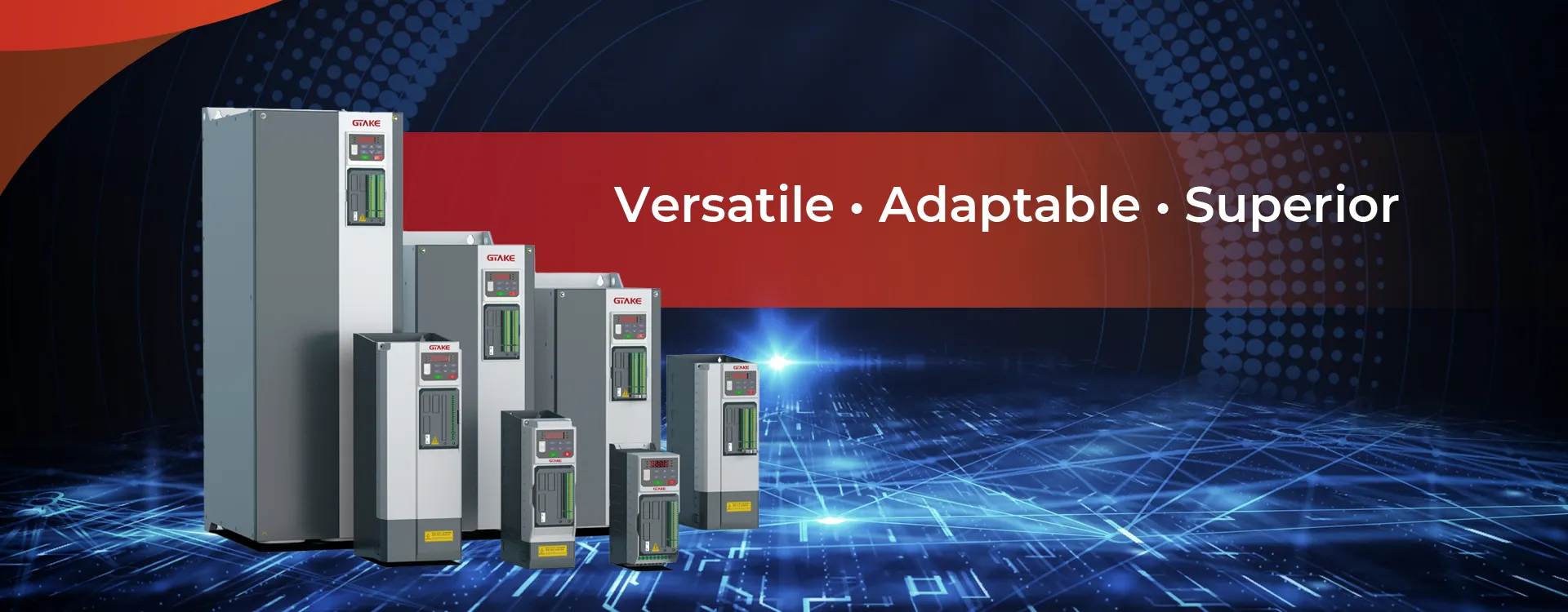Electric Vehicle (EV) Test: Essential Procedures and Key Considerations
Electric vehicle (EV) testing is crucial to ensuring the safety, reliability, performance, and overall functionality of EVs before they reach the consumer market. As the automotive industry continues to shift toward electric mobility, rigorous testing is required at multiple stages of the vehicle development process, from design and prototype to production and post-production. In this article, we’ll delve into the importance of electric vehicle testing, key testing procedures, and the various factors that make EV testing unique compared to traditional internal combustion engine (ICE) vehicles.
What is Electric Vehicle Testing?
Electric vehicle testing refers to a series of procedures and evaluations conducted to assess the performance, safety, and durability of electric vehicles (EVs). These tests encompass a range of factors such as battery performance, charging systems, electrical systems, drivetrain, efficiency, and safety protocols to ensure the vehicle complies with industry standards and meets the needs of consumers.
Unlike traditional vehicles, EVs come with a unique set of components and systems, such as high-capacity lithium-ion batteries, electric motors, inverters, and charging systems, all of which require specialized testing protocols. The aim of EV testing is to evaluate how these systems interact under different conditions and to ensure that the vehicle can perform optimally in real-world scenarios.
Key Areas of Electric Vehicle Testing
- Battery Testing
Battery performance is one of the most critical aspects of EV testing. Since the battery is the heart of an electric vehicle, rigorous testing ensures that it operates safely and efficiently. Key tests include:
- Capacity and Energy Storage: Testing the battery’s ability to store and provide energy, ensuring it delivers the expected driving range.
- Charging Speed and Efficiency: Testing how quickly the battery charges and how efficient the charging process is, including compatibility with fast-charging infrastructure.
- Cycle Life: Testing how many charge/discharge cycles the battery can undergo before its capacity starts to degrade significantly.
- Thermal Management: Assessing the battery’s ability to manage temperature under various conditions, which is crucial for performance and longevity.
- Safety Tests: Ensuring the battery is safe from issues like thermal runaway, overcharging, or short-circuiting.
- Powertrain Testing
The powertrain of an electric vehicle is made up of the electric motor, inverter, and transmission system. EV powertrain testing focuses on evaluating the performance and efficiency of these components. Tests typically include:
- Motor Efficiency: Measuring the motor’s efficiency at various power levels to ensure optimal energy usage.
- Torque and Power Output: Testing the maximum torque and power the electric motor can provide, ensuring it meets performance expectations.
- Transmission System: Evaluating how the motor connects to the drivetrain and whether the transmission system operates smoothly.
- Inverter Functionality: Testing the inverter’s ability to convert DC electricity from the battery into AC power for the motor efficiently.
- Vehicle Range Testing
One of the most important considerations for potential electric vehicle buyers is the vehicle’s driving range. EVs are tested for:
- Range under Different Conditions: This includes driving on highways, city streets, and during different weather conditions to ensure the range is consistent with real-world driving.
- Energy Consumption: Calculating how much energy the vehicle uses per mile, which affects the overall range.
- Autonomy Testing: Testing how the vehicle operates under full load and how the range is affected by additional weight (e.g., passengers or cargo).
- Charging System Testing
Charging infrastructure is essential for EV adoption, and testing the charging system ensures the vehicle can be charged safely and effectively. Key tests include:
- Charging Time: Measuring how long it takes for the vehicle’s battery to charge under different charging scenarios (Level 1, Level 2, and DC fast charging).
- Charging Port Compatibility: Testing the vehicle’s compatibility with various charging stations, connectors, and protocols (e.g., CCS, CHAdeMO, Tesla Supercharger).
- Onboard Charger Performance: Evaluating the efficiency and safety of the onboard charger that manages the conversion of power from the charging station to the battery.
- Charging Efficiency: Ensuring the vehicle optimally uses the electricity from the charging infrastructure with minimal losses.
- Vehicle Safety Testing
Safety is a top priority for all vehicles, and EVs undergo extensive safety testing to ensure that they meet industry standards. These tests cover:
- Crash Testing: Like traditional vehicles, EVs are subjected to crash tests (front, side, and rear impact) to ensure the safety of passengers in the event of a collision.
- Battery Safety: Testing the battery’s ability to withstand impact or accidents without catching fire or leaking toxic materials. This includes fire-resistance tests, short-circuit testing, and testing for thermal runaway.
- Electromagnetic Compatibility (EMC): Ensuring that the vehicle’s electrical systems do not interfere with other devices or communication systems.
- Pedestrian Safety: Testing to ensure that the design of the vehicle minimizes harm to pedestrians in case of a collision.
- Environmental and Durability Testing
Electric vehicles are subject to rigorous durability testing to ensure that they can withstand various environmental conditions over their lifespan. Key areas include:
- Weather and Climate Testing: EVs are tested in hot, cold, and humid environments to ensure the vehicle’s systems function properly across a range of temperatures and weather conditions.
- Corrosion Resistance: The vehicle’s body and electrical components undergo tests to determine their resistance to corrosion from salt, moisture, and other environmental factors.
- Vibration and Impact Testing: Ensuring that the vehicle’s internal components are protected from damage due to vibration, bumps, or jolts that may occur during normal operation.
- Vehicle Handling and Performance Testing
The handling and driving experience of an electric vehicle are essential for consumer satisfaction. EVs are tested for:
- Acceleration and Top Speed: Measuring how quickly the vehicle accelerates and its maximum speed to meet performance standards.
- Braking Performance: Evaluating how effectively the regenerative braking system works, alongside traditional braking, to ensure safety and performance.
- Ride Comfort and Noise Levels: Assessing the smoothness of the ride, NVH (Noise, Vibration, and Harshness) levels, and overall driving comfort.
- Handling: Testing the vehicle’s handling characteristics, such as stability during cornering, and ensuring that it is easy to control in various driving conditions.
The Importance of EV Testing for Manufacturers and Consumers
For automakers, electric vehicle testing is essential to meet regulatory standards, achieve industry certifications, and ensure that the vehicle is safe, reliable, and durable. Accurate testing also helps manufacturers optimize the vehicle design, improve performance, and reduce warranty claims and recalls.
For consumers, thorough EV testing ensures that the vehicle will perform as expected, offering the desired range, performance, and safety. It also provides peace of mind that the vehicle has undergone comprehensive checks before it hits the market.
Conclusion
As the electric vehicle market grows, the importance of thorough and rigorous testing cannot be overstated. From ensuring the performance of key components like the battery and powertrain to ensuring safety in crash tests and environmental durability, every aspect of the EV’s design and functionality must be thoroughly tested. For both manufacturers and consumers, the goal is clear: to deliver a safe, reliable, and high-performing vehicle that meets the expectations of the growing EV market.

